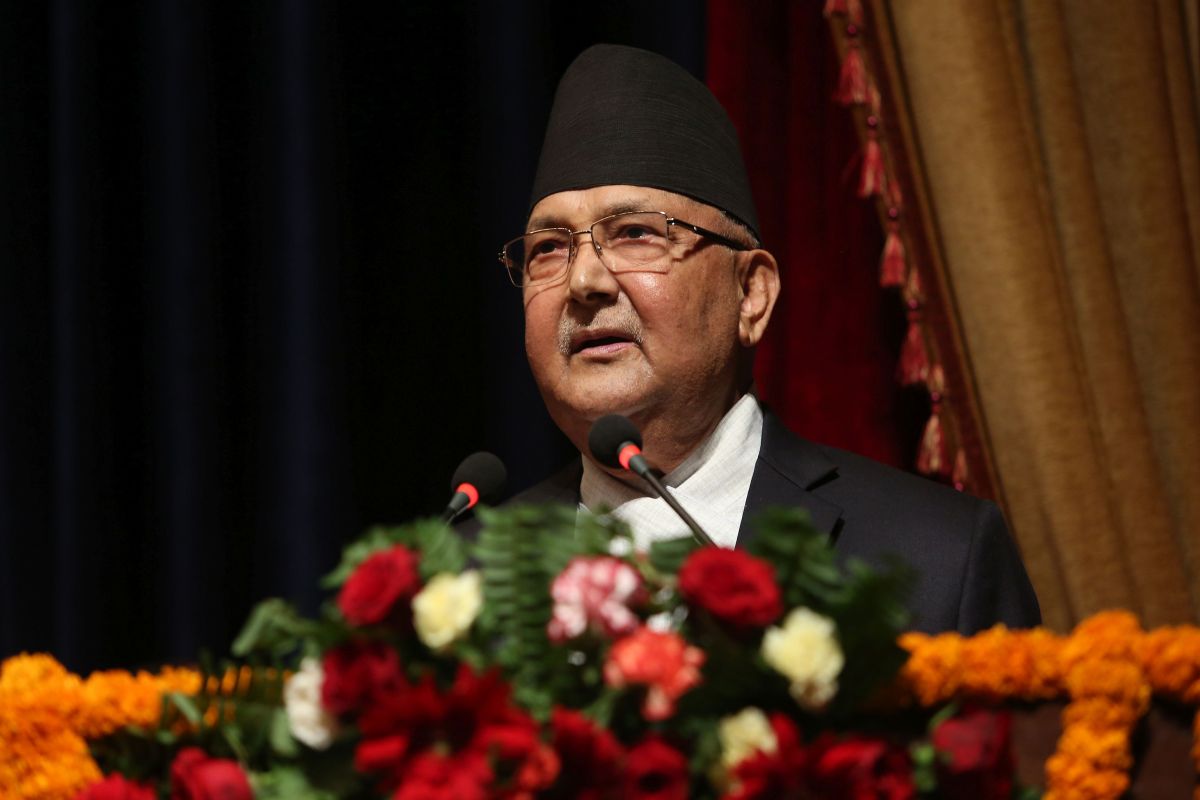Relations between India and Nepal have soured further still with the bill on the new map ~ including the three disputed areas ~ being tabled in Parliament in Kathmandu on Sunday.
The political class, including the Opposition, has had its way despite last week’s tut-tutting by Prime Minister KP Oli over the controversial exercise in cartography and the proposed legislation. Indeed, the Himalayan country’s major Opposition party, Nepali Congress, has endorsed the legislation.
Advertisement
At this juncture, South Asia presents a glaring study in contrasts.
While Bhutan, the Himalayan kingdom with a constitutional democracy, has welcomed India’s assistance to counter the coronavirus pandemic, the rift has distinctly widened between Delhi and Kathmandu.
Nepal’s choreographed map includes the controversial areas of Lipulekhadhura, Lipulekh and Kalapani and will almost certainly muster the two-third majority in the House ~ a legislative development that is bound to worsen bilateral ties in the midst of a humanitarian crisis when the focus of the comity of nations ought to be riveted to nothing else.
Yet Nepal’s Prime Minister has made the waters murkier by declaring that the “Indian virus” was more “lethal’ than the Chinese or the Italian variety.
In the net, it will lend an impetus to Oli’s nationalist credentials and his anti-India stance that was acutely manifest in the aftermath of the earthquake, the assistance package from China, and the border road blockade when Nepal displayed a distinctly pro-Beijing tilt.
It will also enable him to ward off challenges within his own party, thus ruling out the prospect of mending fences with India, and within Saarc in the wider canvas. Reports suggest that the Nepali Congress had sought a thorough discussion on the emotive issue.
Though party leaders are said to have had second thoughts, the cadres and people in general had shrilled for the legislation on Nepal’s revised map.
Given the strong public mood, the ruling party never wanted to be seen as being against the legislation.
Clearly, the map has subtle implications ~ bilateral, geographical, and political. The bill boasts the support of a cross-section of parties, notably the Rashtriya Prajatanra Party and the Rashtriya Janata Party Nepal. Matters came to head when India opened a road to the Lipulekh pass.
The issue is much too sensitive, one that binds parties together regardless of ideological affiliations. Senior Nepali politicians have been threatened by their cadres on this issue. For Narendra Modi, managing ties with Nepal has been an intricate task. As often as not, Mr Oli has turned to China for his own political survival.
At one stage, the Chinese ambassador in Kathmandu had to intervene to calm ruffled feathers in Kathmandu.
At the end of the day, the question survives whether the Lipulekh road should have been opened at this juncture, after all. It is pretty obvious that the crisis has escalated after India’s army chief, General Naravane, remarked that Nepal has acted at China’s behest. From Hong Kong to Kathmandu, there is consternation over Nepal’s geostrategy











